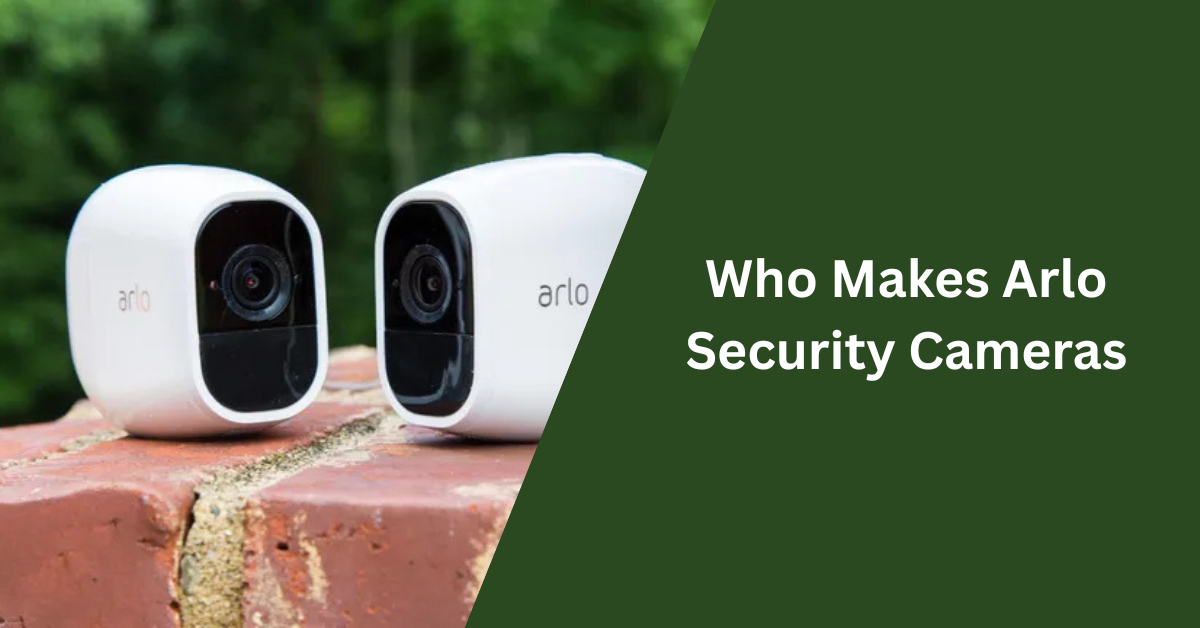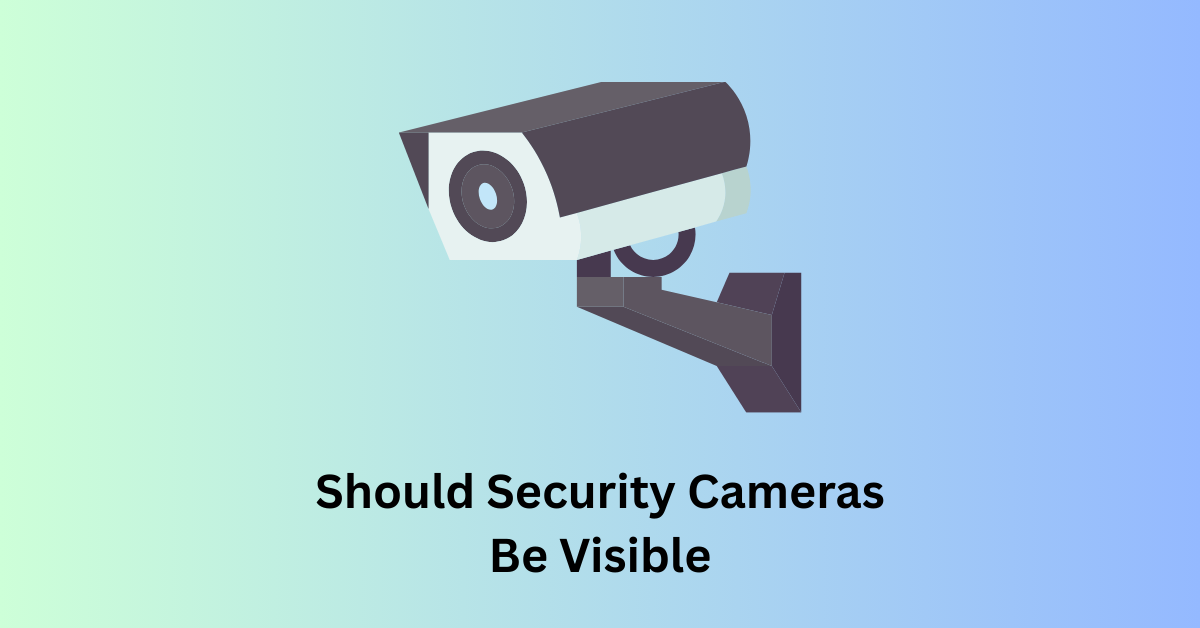Security cameras have become common in various settings, raising questions about their capabilities. The majority of security cameras are not designed to capture the contents of phone screens due to their focus on broader surveillance areas rather than close details. This limitation often leaves individuals wondering about their privacy while using devices in view of these cameras.
While certain high-resolution cameras may have more clarity, the typical surveillance setup lacks the necessary detail to reproduce the small text or images displayed on a phone screen. Factors like distance, camera angle, and resolution play significant roles in what these devices can effectively capture. Understanding these limitations can help individuals gauge their privacy levels when using their phones in monitored spaces.
Fundamentals of Screen Visibility
Security cameras are designed to capture images and details in various environments. The visibility of phone screens through these cameras depends on technology, positioning, and environmental factors.
Camera Technology and Resolution
Camera resolution plays a significant role in determining what details can be captured. Higher resolution cameras, such as 4K or HD, provide clearer images and can potentially reveal more information on a phone screen. Typical security cameras operate between 720p to 1080p, which may not clearly depict intricate details on small screens.
Additionally, the type of lens affects performance. Wide-angle lenses can distort the view, making it difficult to see specific details, including text on phone screens. Lower quality cameras may struggle with color and brightness, further impacting visibility. Therefore, the technology behind the camera directly influences its ability to capture readable phone screens.
Angle and Glare Impact on Screen Readability
The angle at which a camera is positioned can significantly affect screen visibility. When a camera is aligned directly with the phone screen, it enhances the chances of clear visibility. Conversely, oblique angles can obscure the display, making it challenging to capture any text or information.
Glare is another major factor to consider. Bright overhead lights or sunlight can create reflections on glossy screens, making them unreadable in camera footage. Using matte screen protectors might help reduce glare and improve visibility in recordings. Understanding these factors is crucial for assessing the likelihood of capturing clear phone screen images with security cameras.
Factors Influencing Phone Screen Visibility
Several key factors determine whether security cameras can effectively capture the contents of phone screens. These factors include distance, zoom capabilities, screen brightness, ambient light conditions, and the presence of protective screens or privacy filters.
Distance and Zoom Capabilities
The distance between the security camera and the phone screen plays a critical role in visibility. The closer the camera is, the more likely it is to capture clear images of the screen.
Additionally, the camera’s zoom capabilities can significantly enhance its ability to focus on small details. High-resolution cameras with robust optical or digital zoom features can better resolve content from greater distances.
A camera positioned at an optimal distance with effective zoom can make previously invisible screen content legible.
Screen Brightness and Ambient Light
Screen brightness affects visibility, particularly when combined with surrounding light conditions. A bright phone screen in a dim environment is more likely to be captured clearly by a camera.
Conversely, low screen brightness may render the content nearly indecipherable, especially in bright sunlight or well-lit settings. Cameras may struggle to process low-contrast images, making it vital for users to be aware of environmental lighting.
Ultimately, the interplay between screen brightness and ambient light determines how visible the phone screen is to security cameras.
Phone Protective Screens and Privacy Filters
Many users employ protective screens or privacy filters to secure their devices. These accessories can significantly reduce the visibility of a phone screen from various angles, making it difficult for cameras to capture it clearly.
Privacy filters, in particular, work by narrowing the viewing angles of the screen, allowing only the person directly in front of the phone to see the content clearly.
This added layer of protection can thwart attempts to view sensitive information through security cameras, underscoring the importance of such accessories for privacy-conscious individuals.
Security Cameras and Legal Privacy Concerns
The use of security cameras raises important legal and ethical questions. Various laws regulate surveillance practices, and understanding their implications is crucial for compliance and privacy rights.
Laws Regulating Surveillance
Surveillance laws differ from one jurisdiction to another. In many areas, video recording in public spaces is permissible, provided it doesn’t invade a person’s reasonable expectation of privacy.
Key regulations often include:
- Consent Requirements: Some states mandate that individuals must be informed of surveillance.
- Data Protection Laws: These laws govern how recorded footage can be stored, accessed, and shared.
Businesses and individuals using cameras should familiarize themselves with both federal and local laws to avoid legal challenges.
Ethical Aspects of Monitoring
The ethics surrounding security camera usage often focus on privacy and consent. Ethical monitoring practices promote transparency and accountability.
Concerns include:
- Informed Consent: Individuals should be aware when they are being recorded.
- Misuse of Information: There is a risk of data being used inappropriately if safeguards are not in place.
Organizations must consider the potential repercussions of surveillance on trust and public perception. Balancing security needs with ethical responsibilities is essential.
Camera Types and Phone Screen Capture
Different types of cameras have varying capabilities for capturing images and details, including phone screens. Understanding these differences helps evaluate how effectively a security camera can record the display of a mobile device.
Standard CCTV Versus Advanced Surveillance Systems
Standard CCTV cameras primarily focus on general surveillance. They are typically designed for broad coverage and image clarity within a specific range.
- Resolution: Most standard cameras operate at resolutions like 720p or 1080p, which might not clearly capture detailed phone screen information.
- Lens Type: Fixed lenses in standard cameras limit the ability to zoom in on small details like phone screens.
In contrast, advanced surveillance systems may utilize higher-resolution cameras that provide more detail. These can include features such as:
- Optical Zoom: Allows for closer inspection of subjects, making it easier to see phone content.
- High Dynamic Range (HDR): Enhances visibility in varying light conditions, improving clarity of screens in bright environments.
Infrared and Thermal Imaging Considerations
Infrared and thermal cameras operate differently than traditional cameras. They capture heat rather than visible light, affecting their utility for viewing phone screens.
- Infrared Cameras: These may detect the glow from a screen but struggle with clarity. The quality of the image depends on the display brightness.
- Thermal Imaging: It identifies heat signatures but is not suited for reading screen content. Images may appear as heat maps with no textual or icon clarity.
Both types can be valuable in specific scenarios, but they are less effective for direct screen capture compared to high-resolution optical cameras.
Preventive Measures and Best Practices
Implementing specific strategies can help protect phone screen privacy from security cameras. These practices focus on enhancing screen privacy and adjusting security settings on smart devices.
Screen Privacy Enhancements
To reduce visibility of mobile screens from security cameras, individuals can utilize privacy screen protectors. These filters restrict viewing angles, making it difficult for anyone not directly in front of the screen to see its content.
Another effective measure is screen positioning. Keeping devices angled away from potential cameras minimizes the risk of unauthorized viewing. Additionally, using screen dimming features can further obscure displayed information in bright environments, enhancing privacy during phone use.
Security Settings on Smart Devices
Adjusting security settings on smart devices is crucial for privacy. Users should enable automatic lock features, ensuring screens lock after a period of inactivity.
Utilizing encryption options for sensitive communications can also protect data. Furthermore, activating two-factor authentication (2FA) adds an additional level of security, making it harder for unauthorized users to access personal information. Regularly updating operating systems and applications ensures that the latest security patches are in place, protecting against vulnerabilities.
Application in Security Scenarios
In security contexts, camera technology plays a critical role. Its effectiveness can extend to various aspects of monitoring and risk mitigation.
Monitoring for Secure Environments
Security cameras are often deployed in sensitive areas such as banks, data centers, and government buildings. They help ensure that only authorized personnel access critical locations. Cameras equipped with high-resolution and advanced optical capabilities can capture detailed footage, but their ability to see phone screens varies.
In many cases, the angle, distance, and lighting conditions can determine visibility. For instance, when a camera is placed at an angle, it may struggle to capture screen content clearly, especially if the screen is held close to the body. Moreover, glare from surfaces can further obscure any display detail.
Preventing Information Leakage
Another crucial application of security cameras is preventing unauthorized access to sensitive information. Organizations utilize these devices to watch for potential breaches, such as employees using personal devices in secure areas.
Cameras can act as a deterrent to illicit activities. They may discourage individuals from sharing confidential information on their devices. Security protocols often specify camera placements to maximize coverage and minimize blind spots. This strategic positioning aims to reduce the risk of sensitive data being visually compromised.
Cameras alone cannot fully guarantee information security. They should be part of a broader strategy including policies, technological solutions, and employee training to enhance data protection.
Technological Advances and Future Outlook
Recent advancements in surveillance technology aim to enhance visibility and detection capabilities. These innovations raise questions about privacy while potentially providing clearer insights into what security cameras can capture.
Evolving Surveillance Technologies
Security cameras are increasingly incorporating AI and machine learning, improving their ability to recognize objects and individuals. These technologies enable cameras to analyze video feeds in real-time, distinguishing between various items and activities.
High-resolution imaging, such as 4K and 8K, allows for greater detail, which can help in identifying text on screens from a distance. Additionally, infrared and thermal imaging technologies enhance visibility in low-light environments, potentially increasing the risk of capturing private screens.
Other innovations, such as panoramic and 360-degree cameras, provide comprehensive coverage, making it easier to monitor large areas. Advanced data analytics tools further enable the identification of unusual behavior patterns, contributing to enhanced security measures.
Anticipating Privacy Challenges
As surveillance technologies evolve, privacy concerns continue to grow. The ability of cameras to capture clear images of phone screens, for instance, presents significant risks for individual privacy rights.
Legislation may struggle to keep pace with rapid advancements. Many jurisdictions lack comprehensive laws governing video surveillance, leading to potential misuse of these technologies.
Public awareness and acceptance of surveillance will play crucial roles in shaping future regulations. Individuals may demand stricter guidelines to protect personal data. Technology firms must also navigate these challenges, ensuring their products comply with ethical standards while addressing security needs.
Hi, I’m Leonard and I have a strong interest in home security. I use many different security cameras and enjoy sharing my experiences through simple, helpful articles. My goal is to help others find the right security camera solutions to keep their homes safe.



